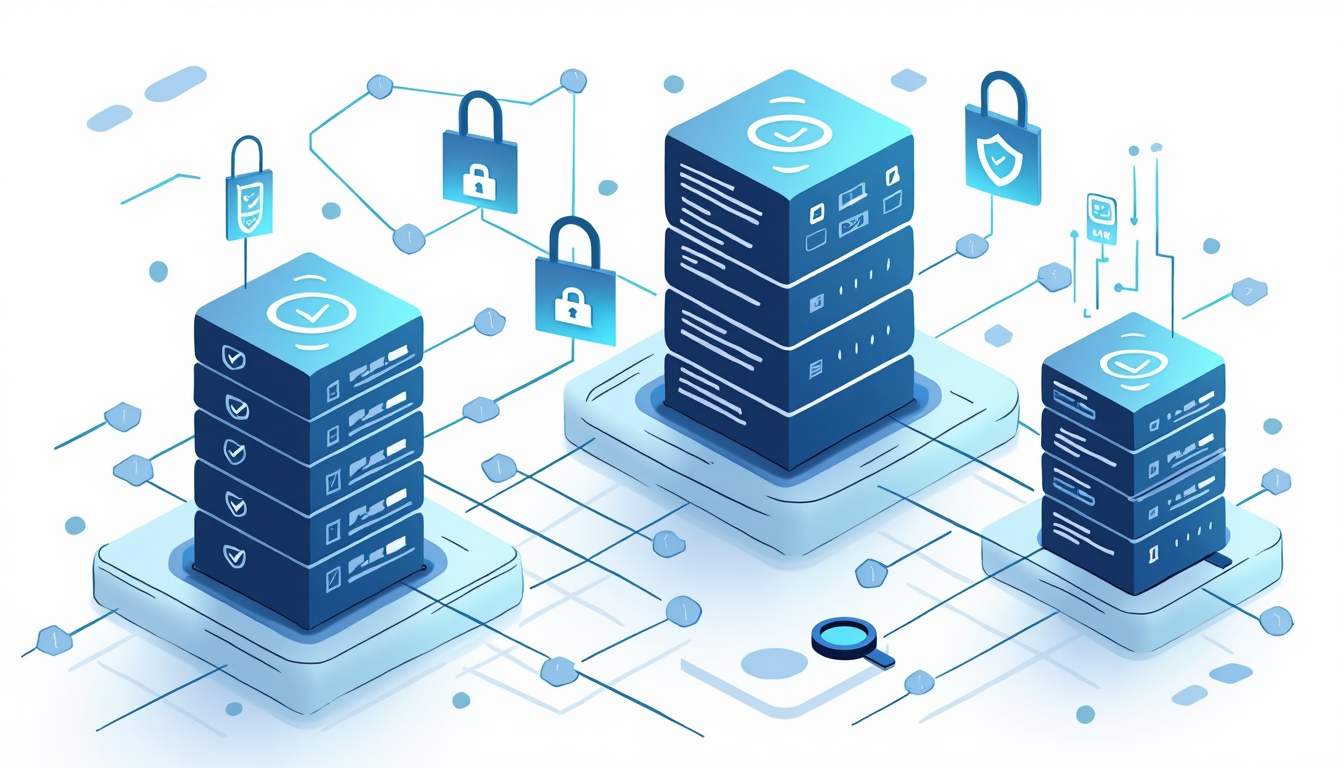n8n Security Audit and Compliance Framework
This article outlines a practical, actionable security audit and compliance framework tailored to n8n deployments. It focuses on GDPR and SOC2 compliance automation, as well as comprehensive security scanning and vulnerability management practices. The goal is to help engineering, security, and compliance teams implement controls that scale with automation workflows, protect data subjects, and demonstrate measurable evidence for auditors.
Automating vendor and third-party risk management complements internal controls. Build workflow patterns that ingest vendor questionnaires, store contracts with metadata about processing activities and data flows, and trigger periodic reassessments based on risk score or contract milestones. Integrate automated attestations and API-based checks—such as scanning third-party endpoints for supported encryption standards or verifying SOC2 reports—so that any connector added to a workflow is automatically evaluated against your compliance baseline. When a vendor falls out of compliance or a connector’s configuration changes, automation can quarantine related workflows and open a remediation ticket with contextual artifacts for faster resolution.
Operational resilience and testing should also be automated where possible. Schedule automated chaos and disaster-recovery drills that validate backup/restoration processes, key rotation impacts, and the behavior of consent-withdrawal or erasure workflows under load. Include automated penetration-test triggers, dependency vulnerability scans, and regression suites that run before deployment, with failing checks blocking promotion. Capture test results and post-mortem summaries into the evidence store so auditors see both preventative controls and a history of continuous improvement without manual aggregation.
Operationalizing these practices benefits from cross-functional governance: establish a security champion program within automation teams, define clear ownership for workflow-level security, and maintain a prioritized remediation backlog that aligns with business risk. Regular threat modeling sessions for high-impact workflows can uncover attack paths that automated scanners miss, while periodic red-team exercises against staging endpoints validate the effectiveness of compensating controls and incident playbooks.
Engage with the broader ecosystem to strengthen defenses—subscribe to coordinated vulnerability disclosure programs for n8n nodes and upstream libraries, participate in community bug bounty initiatives, and share sanitized telemetry on emerging threats. Complement automated tooling with regular audits and tabletop exercises to ensure that people, processes, and technology work together to reduce exposure and accelerate recovery when vulnerabilities are discovered.






